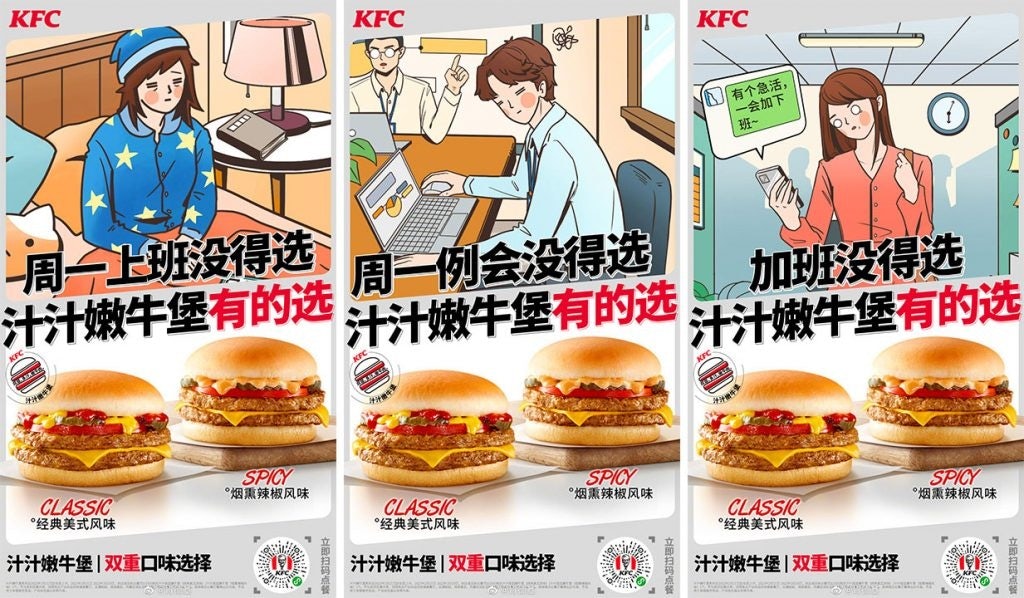Recently, Retail in Asia acknowledged that “China has emerged as the most popular destination for new luxury store openings in 2021.” Bain & Co.’s data appears to support this argument: their research shows that in 2021, 55 percent of new store openings in the luxury market took place in the mainland. But industry experts are wondering if China’s strict zero-COVID strategy, with lockdowns in both Beijing and Shanghai, is not endangering luxury expansion efforts — and reversing its good performance.
To be sure, store closures will impact brands’ bottom lines. However, it is highly doubtful that there will be a long-lasting impact on their performance. The lockdowns will create temporary challenges and setbacks. But most luxury businesses should already have some contingency strategies in place to mitigate revenue losses and ensure business continuity.
A good example of this is Ermenegildo Zegna Group, which announced a 25.4% year-over-year increase in revenues, to 393 million (2.6 billion RMB) for the first quarter of 2022, despite the Russian war against Ukraine and ongoing lockdowns. Unlike other international brands, Zegna has shown flexibility during uncertain times by shifting focus from China to other global markets and by prioritizing the DTC channel. As such, even if foot traffic was down in tier-1 cities, the group still achieved strong results.
And despite its growing reliance on the Chinese market, LVMH Moët Hennessy Louis Vuitton announced revenues of 19.49 billion (132.1 billion RMB) for the same quarter. This represents a 29% increase from this period last year. Meanwhile, organic revenue growth was 23%, according to a press release.
LVMH’s increased adaptability has helped the group shift focus from China to North America while still engaging with domestic shoppers in a sophisticated e-commerce environment. In fact, by maintaining a heavy online presence here and using socialized e-commerce, the LVMH players have managed to engage consumers well and create memorable brand experiences.
Indeed, executives there don’t seem to be too concerned about temporary store closures and the decline in foot traffic. “We’ve seen [in previous lockdowns that] once this is over, demand comes back to stores as prior to lockdowns. There’s no reason this shouldn’t be the case this time,” explained LVMH’s chief financial officer Jean-Jacques Guiony.
According to the Business of Fashion, decision-makers at Hermès share this positive outlook. Vice president for finance Eric du Halgouet said that the company recorded “a strong start to the year in China” until the pandemic forced the French retailer to temporarily close some of its stores. “We are confident and hope that these stores in Shanghai will reopen quickly — in any case the fundamentals are excellent in China,” Eric du Halgouet commented.
However, no other case shows the resilience of the market better than that of homegrown fast-food outfit Yum China. Despite thousands of stores being temporarily shut and sales declining by double-digits in March and April, the Chinese fast-food chain responded rapidly and confidently with measures to limit the impact of the pandemic.

According to the firm's press release, it has “designed alternative routes, set up temporary drop-off and pick-up sites, and optimized sourcing to fulfill the demand of (our) store network.” Alongside this, it engaged foodies through targeted digital marketing campaigns, promotional messages, and creative content. Basically, instead of going into hiding because of revenue losses, Yum reimagined consumer engagement and found new ways to build lasting relationships with its customers.
Inevitably, behemoths like JD.com, Alibaba, and Pinduoduo are better equipped to deal with such challenges. In fact, at the height of the pandemic in 2020, the Chinese giants had a net market cap gain of more than 1 billion (6.78 billion RMB) according to the Financial Times. Why? They envisioned highly sophisticated, technology-driven omnichannel experiences: AI solutions in customer-centric marketing efforts, digitally enabled delivery systems, smart stores, and digital supply chain systems. This allowed them to rapidly adapt. Needless to say, partnering with one of China’s third-party e-commerce platforms can mitigate risk considerably.
Altogether, global labels should be more focused on vulnerable category sales than the overall performance of the market. While timeless products (artisan leather handbags broke records during the 2021 pandemic) will continue to over-perform — as they are seen as investment pieces — seasonal, unnecessary product assortments will probably flop. And back in 2020, Boston Consulting Group questioned the resilience of the watch and jewelry segments, based on the assessment that these high-value purchases are dependent “on sales through physical and wholesale channels.”
Luxury brands can expect that pent-up demand will drive record sales once lockdown ends. But given that local consumers are saving more, episodes of “revenge shopping” will, this time, be milder.

